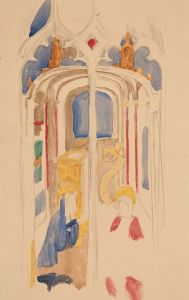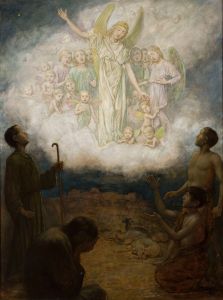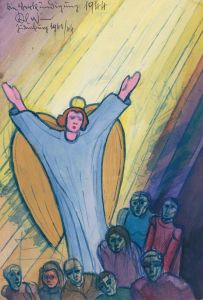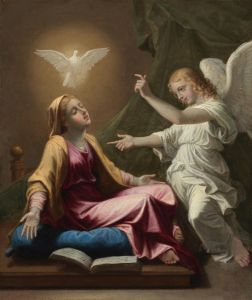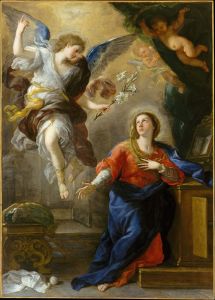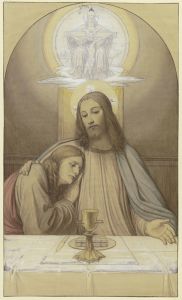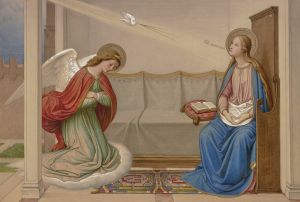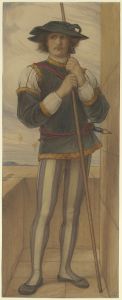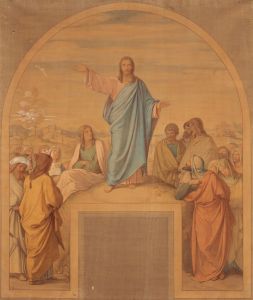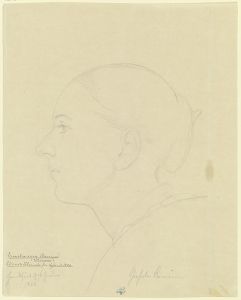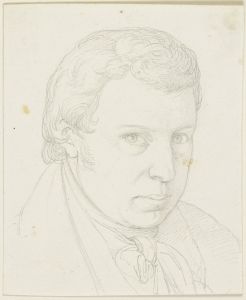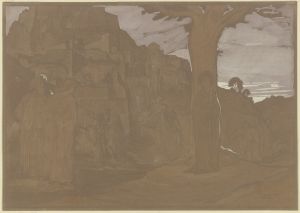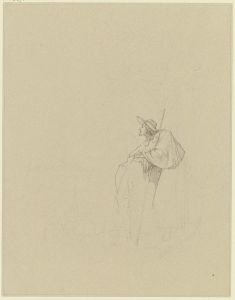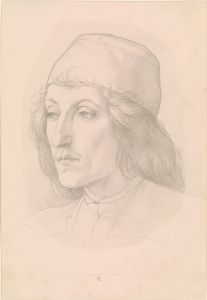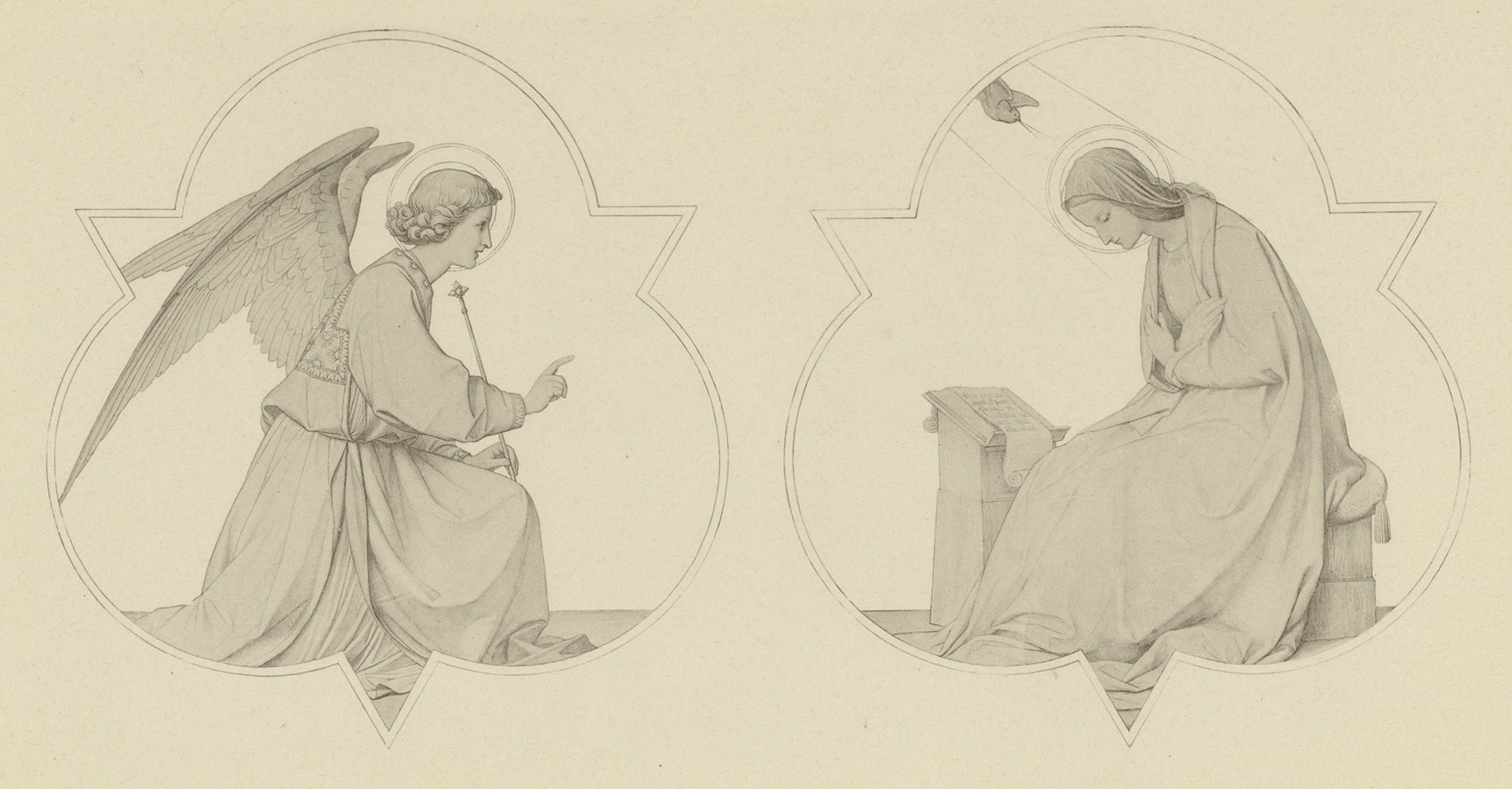
Verkündigung Mariae
A hand-painted replica of Eduard von Steinle’s masterpiece Verkündigung Mariae, meticulously crafted by professional artists to capture the true essence of the original. Each piece is created with museum-quality canvas and rare mineral pigments, carefully painted by experienced artists with delicate brushstrokes and rich, layered colors to perfectly recreate the texture of the original artwork. Unlike machine-printed reproductions, this hand-painted version brings the painting to life, infused with the artist’s emotions and skill in every stroke. Whether for personal collection or home decoration, it instantly elevates the artistic atmosphere of any space.
Eduard von Steinle (1810-1886) was a notable German painter associated with the Nazarene movement, which sought to revive honesty and spirituality in Christian art. One of his significant works is "Verkündigung Mariae" (The Annunciation to Mary), a painting that exemplifies his dedication to religious themes and meticulous attention to detail.
"Verkündigung Mariae" depicts the biblical scene of the Annunciation, where the Archangel Gabriel announces to the Virgin Mary that she will conceive and become the mother of Jesus, the Son of God. This event is a cornerstone of Christian theology and has been a popular subject in Christian art for centuries.
Steinle's rendition of the Annunciation is characterized by its serene and devout atmosphere, reflecting the artist's deep religious convictions. The composition typically features the Virgin Mary in a humble and contemplative pose, often kneeling or seated, as she receives the divine message. The Archangel Gabriel is usually depicted with a sense of grace and reverence, often holding a lily, symbolizing Mary's purity.
The painting is noted for its detailed and delicate execution, with Steinle employing a soft color palette and fine brushwork to enhance the spiritual and ethereal quality of the scene. The background often includes architectural elements or a simple interior setting, providing a sense of place while keeping the focus on the divine encounter.
Steinle's work is influenced by the early Renaissance artists, particularly those from the Italian tradition, which is evident in his use of composition, light, and symbolism. His adherence to the principles of the Nazarene movement is also apparent in the painting's emphasis on religious devotion and moral integrity.
"Verkündigung Mariae" is part of Steinle's broader oeuvre, which includes numerous religious and historical subjects. His works were well-regarded during his lifetime, and he played a significant role in the 19th-century revival of religious art in Germany. Steinle's influence extended beyond his paintings, as he was also a respected teacher and mentor to younger artists.
The painting is housed in a collection that reflects Steinle's contribution to religious art, although specific details about its current location or provenance are not widely documented. Steinle's legacy continues to be appreciated for its spiritual depth and artistic excellence, making "Verkündigung Mariae" a notable example of his work and the broader Nazarene movement.
In summary, Eduard von Steinle's "Verkündigung Mariae" is a significant work that captures the essence of the Annunciation with reverence and artistic skill. It stands as a testament to Steinle's commitment to religious themes and his influence on the revival of Christian art in the 19th century.





